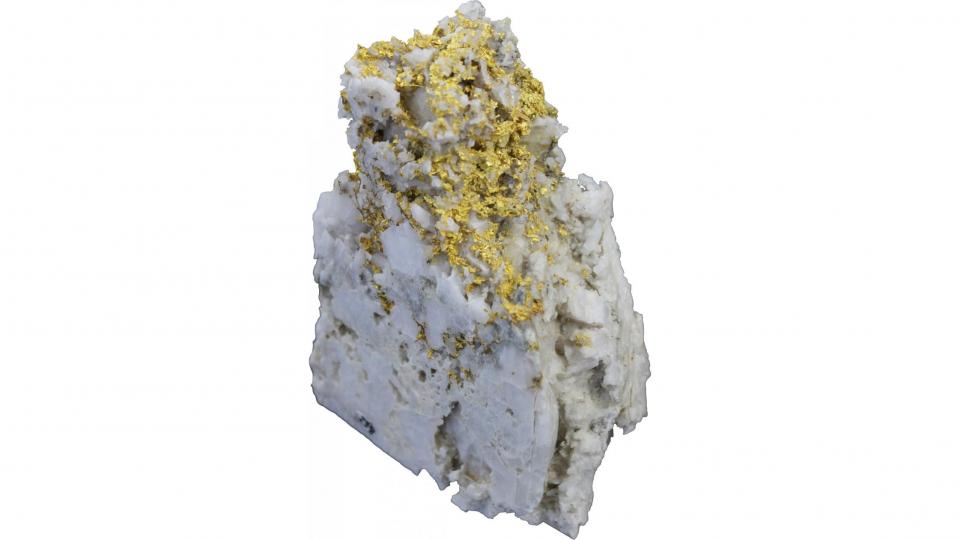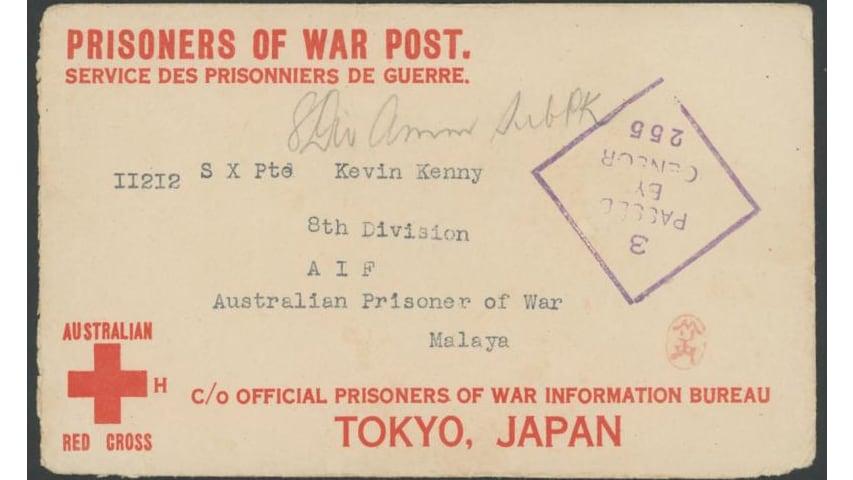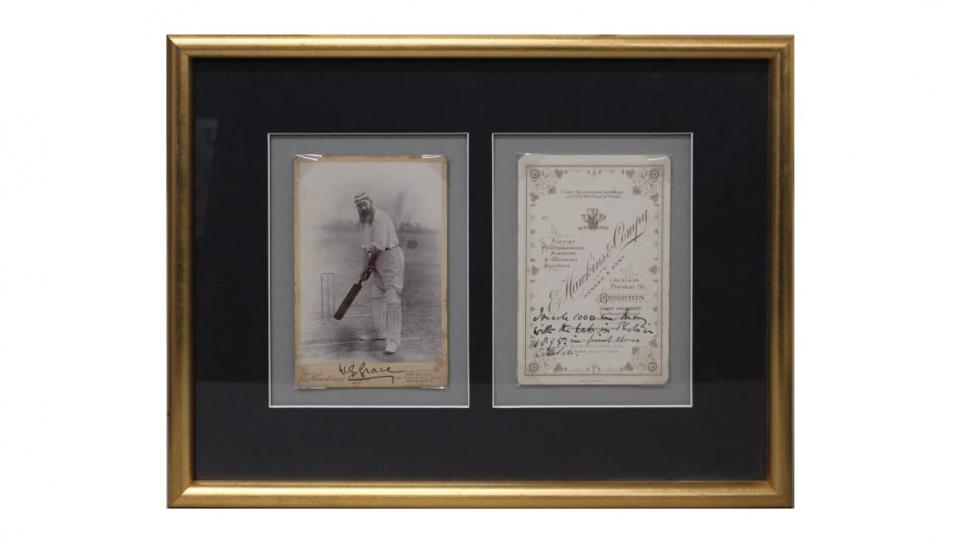Submitted by aarAdmin on Tue, 09/03/2024 - 00:00
Four-day auctions invariably cover a lot of territory and Melbourne-based Abacus Auctions August 27-30 sale was no exception – with more than 3000 items featuring stamps, postal history and picture postcards, militaria, coins and banknotes, jewellery and watches, sporting memorabilia and other collectables included in the lots on offer.
With a total hammer price of $1,836,923 reached, 2625 of the 3324 lots (79 per cent) sold.
Bert Wajer’s One Penny stamp collection of King George V heads (lot 176) in 21 matching binders occupying six cartons was a high price sale at $15,000 – with a Rolex Oyster GMT-Master watch (lot 3071) knocked down for $14,000 on its $10,000 catalogue estimate.
An historic 1932 Electrolytic Refining & Smelting Co (Port Kembla) unaddressed parcel tag with one-pound, two-pound, five-shilling and two-shilling kangaroo stamps attached (lot 399) went under the hammer for $10,000.
The company was established in 1908 at the southern New South Wales site to smelt copper, silver and gold.
The parcel to which the tag was originally attached probably contained ore samples sent to America for evaluation.
A single watermark King George V head stamp from the David Edwards’ Five Penny collection (lot 180) changed hands for $9000, while an 1831 letter (lot 929) among the Tasmanian postal history section sold for $7000 on a $600 catalogue estimate.
Defective but legible, the letter is from a former soldier transported to Hobart Town for crimes and advising he is now a “reformed servant” and requesting his pension be honoured.
Precious metals also are popular with auction goers and a large gold quartz piece (lot 3065) went under the hammer for $5250 against its $4000 catalogue estimate.
This auction was unusual because of the large collection of World War II Japanese occupation prisoner-of-war and internee mail – painstakingly collected by New Zealander Lindsay Chitty and regarded internationally as an historically important record of Japan’s brutal treatment of prisoners of war during their occupation of East Asia.
Much of the 280-lot collection sold at varying prices including a 1942 Australian Red Cross POW envelope with the words “c/o Official Prisoners of War Information Bureau” written at the base (lot 1376) that sold for $3200 on a $1000 catalogue estimate.
The envelope originates from the infamous Changi POW camp in Singapore where more than 15,000 captured Australian troops were kept prisoner.
It is rare to find examples with these words imprinted on the envelopes because the Japanese objected to the text so all later mail was either amended or obliterated.
The inhumane treatment of British and Allied prisoners on the Burma-Thailand Death Railway and Sandakan Death marches in North Borneo is well documented.
Less so is a second death railway across the Sumatran mountains – well outlined in Chitty’s collection through such lots as 1436 (another Australian Red Cross envelope) which sold for $1050, 2.5 times its catalogue estimate.
Sporting memorabilia is another much sought after category with a cabinet card photograph of the immortal 19th century English all-round cricketer W.G. Grace (lot 3693) selling for $2900.
Not afraid to blow his own trumpet, the photograph contains a hand-written caption that states “I made 1000 with the bat in Photo in 1895 in first class cricket.”
At the time Grace was 46 years old and continued playing first class cricket (including 22 Tests) until 1908 – by which stage he had reached 60 and scored more than 54,000 runs while taking 2809 wickets.












